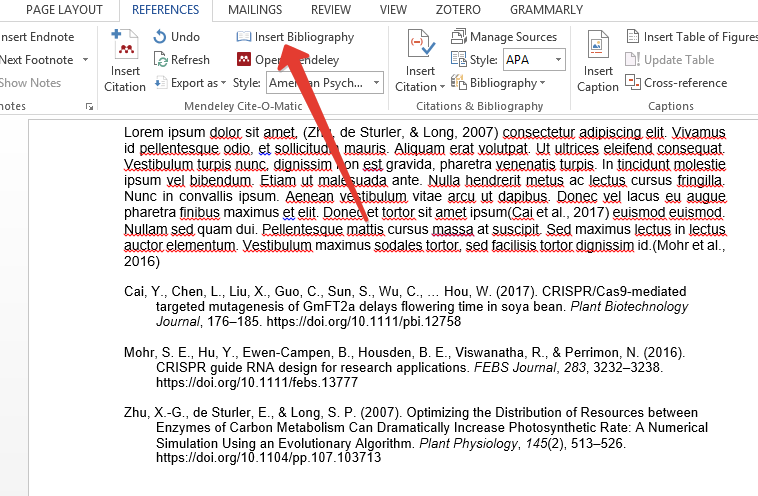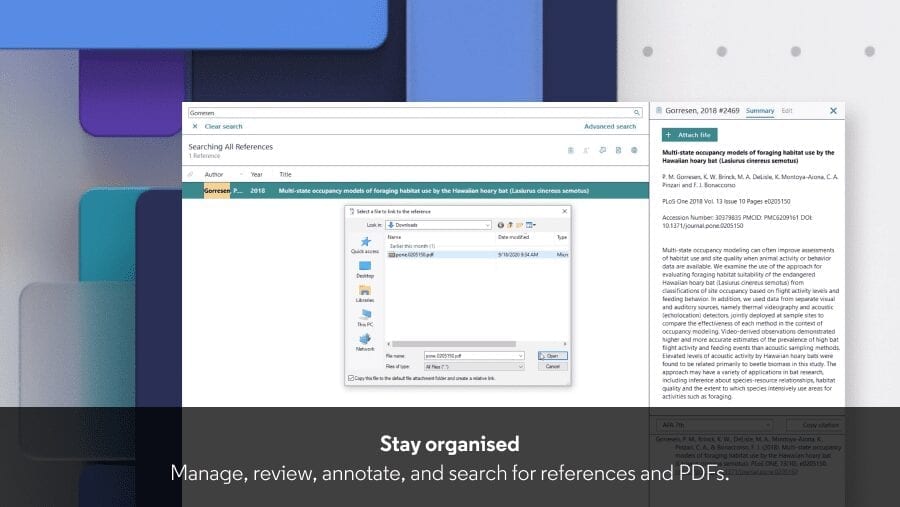

The observed seismic velocities of the uppermost mantle are as low as 7.0–7.2 km s –1 for Vp (e.g. Geophysical images have identified extensive low seismic velocities, low electrical resistivity, and reflective faults down to the uppermost mantle at the outer rise, which is treated as the proxy for slab hydration and is usually attributed to mantle serpentinization (Ranero et al. The newly generated faults breaching the seafloor have been regarded as the most critical pathway for fluids infiltrating into the oceanic crust and uppermost mantle (e.g. The bending slab experiences significant tectonic underpressure (extension) in the upper brittle part to overpressure (compression) in the lower ductile part of the slab. This process results in a topographic bulge at the trench called ‘outer rise’ and brittle normal faulting within 40–100 km of the trench (Masson 1991 Naliboff et al. Subducting slab inevitably experiences pervasive deformation at the trench when it has to overcome the resisting bending force to subduct to the asthenosphere. We anticipate that water pumped into the slab mantle along the faults, with decreasing water content along the depth, can explain the relatively sporadic lower plane earthquakes.ĭynamics of lithosphere and mantle, Rheology: crust and lithosphere, Subduction zone processes 1 INTRODUCTION The faults reaching 15–30 km beneath the Moho coincide with the width of the double seismic zone in subduction zones. The brittle bending faults result in large positive pressure gradients in the vertical direction, facilitating seawater infiltrating into the subducting slabs, which corroborates previous numerical models. Our model results show that plastic weakening and friction coefficient of the slab mantle exhibit a significant impact on fault pattern, while plate age and elasticity have a minimal bearing for mature slabs. Here we present high-resolution viscoelasto-plastic numerical models of free subduction for slab bending-related faulting prior to subduction. However, the controlling factors on the outer rise faulting pattern, and the correlation between the inherited outer rise deformation and the intermediate-depth earthquakes, remain to be understood.

The incoming slab mantle hydration is primarily determined by deep normal faulting due to plate bending at the trench.
.pdf.jpg)

Fluids associated with subducting slabs play a crucial role in regulating the dynamics of water discharge, subsequent arc magmatism and intermediate-depth earthquakes in subduction zones.


 0 kommentar(er)
0 kommentar(er)
